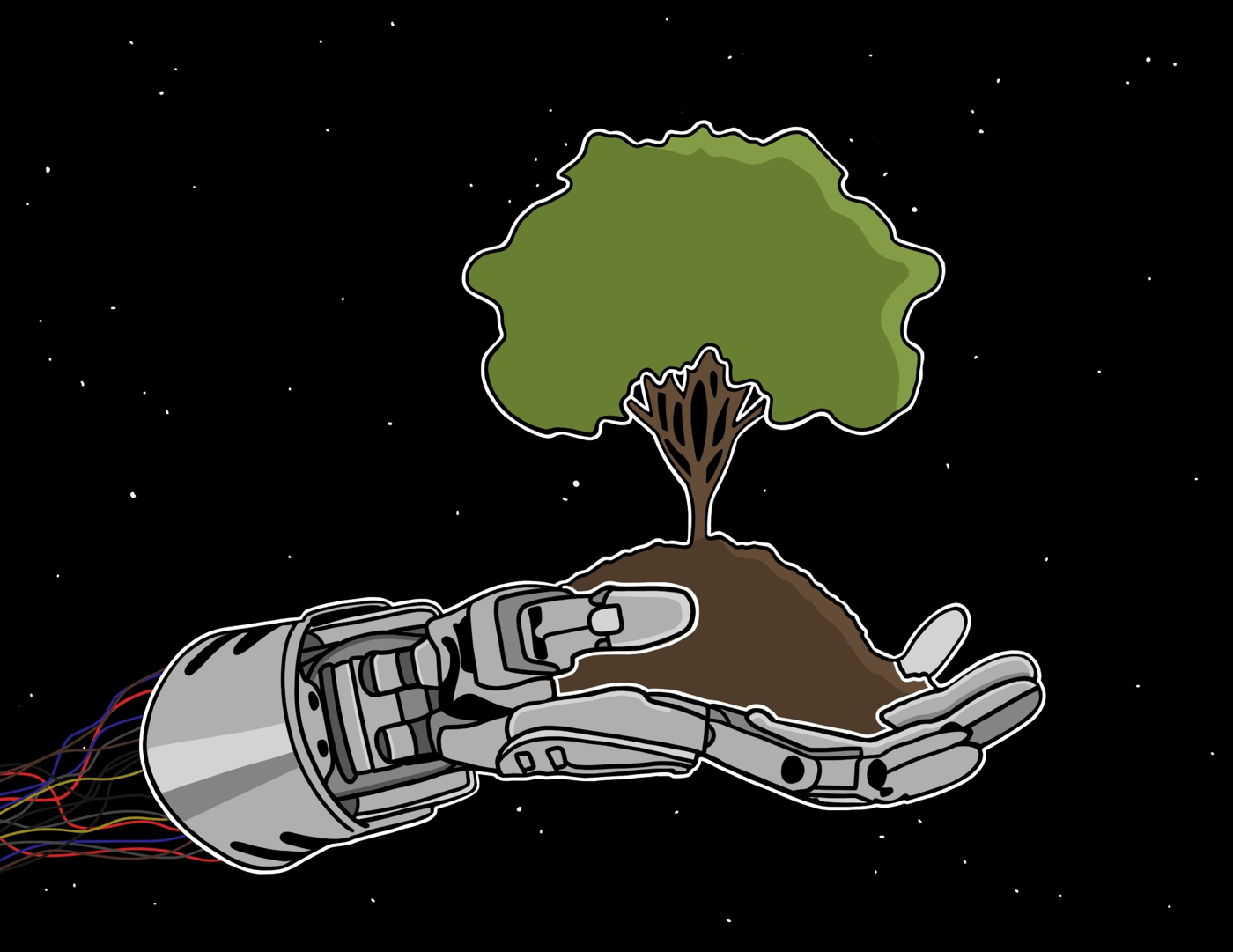

Think about your footprint - Digital & Carbon
In today's digitalized world, it's easy to forget that every click, every stream, and every email has a climate impact. Digital services like social media, video streaming, and email are deeply integrated into our daily lives and work environments... But these conveniences come at an environmental cost.
As a company who is conscious about meeting sustainability goals, it's important that we are aware of exactly how our sector contributes to climate change, and how we might mitigate this for a sustainable future.
Studies have shown that the global IT sector accounts for approximately 2-4% of global carbon dioxide emissions.
Employer and individual responsibility
Employers have a significant responsibility to create a sustainable digital workplace. This can include implementing energy-efficient systems, educating employees about sustainable digital habits, and monitoring the company’s digital carbon footprint. But just as important is personal responsibility. Each of us can make small changes to our digital habits that, when multiplied across millions of users, can have a big impact.
Seven tips for sustainable digital habits
1. Reduce video streaming
Video streaming accounts for a large portion of internet traffic and is energy-intensive. Lower the resolution of videos when high quality is not necessary and consider downloading content for offline viewing instead of continuous streaming.
2. Optimize email usage
Avoid sending unnecessary emails and large attachments. Instead, use cloud services like OneDrive or SharePoint to share links to documents. (You can read more about conscious email management here).
3. Limit social media use
Social media platforms require constant updates and data processing. Of course, there are many benefits to being able to update friends, family and acquaintances about what is going on in our lives through pictures and videos. But instead of being constantly connected, we can choose specific times when we are active on social media. It's also important to think about what is really worth posting in your feeds. By reducing the number of pictures and videos uploaded, you save data, energy and also reduce the overall environmental impact of your digital presence.
4. Use energy-efficient devices and don't replace unnecessarily
Make sure your devices such as laptops, smartphones and tablets are energy efficient. Turn them off when not in use and activate energy saving modes. When buying new devices, choose models with lower energy consumption. Choosing not to replace devices unnecessarily is also crucial to achieving significant climate gains. Every time we replace a device before it reaches the end of its useful life, we not only increase the demand for new products but also increase the overall environmental impact through resource consumption and waste management. By using our devices for as long as possible, we reduce the need for new production and help reduce the ecological footprint of the electronics industry.
5. Use AI services smartly
Generative AI like ChatGPT and Microsoft Copilot are resource-intensive. Use these services efficiently and for tasks where they serve a real purpose. Avoid over-using them for tasks that would take you just as long to do manually.
6. Streamline storage and data services
Regularly clean up unnecessary files and data stored in the cloud, for example by implementing regular digital clean-up days. Remove duplicate images and files, delete archived material that is no longer relevant. You can also consider compressing files and using efficient formats to minimize the size of your documents, images and videos. Not only will you save energy and storage space this way, you will also make it easier to find and manage files.
7. Set requirements and have an active dialogue
In the workplace and as a customer, demand sustainable digital solutions.
Ask employers and suppliers about their environmental strategies and feel free to suggest improvements. An active dialogue can lead to changes that benefit both the business and the environment.
